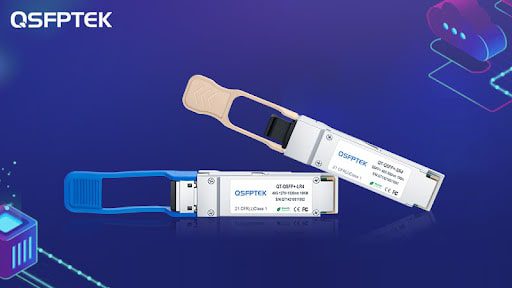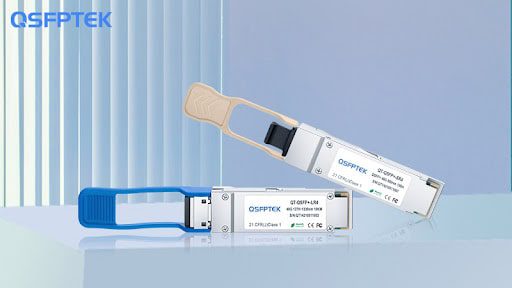Introduction: What is a 40G Optical Module?
A 40G optical module is a small electronic device that converts digital data into light signals to be transmitted over fiber optic cables. It can transmit data at a speed of 40 gigabits per second. It is also known as an optical transmitter or optical receiver.
A 40G module has two ports – one for input and one for output. The input port is usually connected to the computer and the output port is connected to another computer or router.
The most common use case for the 40G module is in data centers, where it can be used for interconnection between servers or switches for high-speed data transfers.
The fibre optic cable is made up of thin strands of glass or plastic that are protected by a tough outer coating. These strands are bundled together and wrapped in protective material, creating a flexible cable that can be routed around corners and through walls. The 40G optical module converts the data into pulses of light, which travel down the fibre optic cable until they reach their destination point.
What is a 40G Ethernet Technology?
Fiber optic cables are the backbone of internet and data communications. They transmit light signals through strands of glass or plastic fiber. The signals are transmitted from one end to the other without any interference, which makes them much faster than copper wire.
40G Ethernet technology is a way of connecting computers and other devices to a network. It is the next generation of the 10 gigabit Ethernet standard. It provides more bandwidth than the current standards, which means that it can handle more data and will be able to transfer files faster. The 40G Ethernet technology is a new standard for Ethernet that can transmit up to 40 gigabits of data per second over 100 meters of cable, which is about 4 times faster than 10G Ethernet.
The common 40G Ethernet technology has two models: 40GBASE-SR4 and 40GBASE-LR4. The SR4 standard transmits at a rate of 4 lanes per second and the 40GBASE-LR4 transmits with a maximum distance limit of 10 kilometers.
40G Technologies for Data Centers – Advantages & Disadvantages
40G is the next generation of data center technologies. It has many advantages and disadvantages.
The 40G technology is not a new concept, it is just a more advanced version of the 10GB Ethernet that we have been using for a while now. The 40G technology provides faster data transfer speeds as well as improved power efficiency. This means that you will be able to transfer more data in less time with fewer cables and less power consumption.
The main disadvantage of the 40G Ethernet cable is that it needs to be installed in pairs, which can make the installation process more complicated. It also requires optical modules, such as 40GBASE-SR4, and 40GBASE-LR4, which are more expensive than 10G optical modules.

Conclusion
Through this article, we know what is the latest 40G Ethernet technology, meanwhile, 40G Ethernet needs to be used with 40G optical modules, such as 40GBASE-SR4, and 40GBASE-LR4, etc. It has the advantage of providing higher bandwidth and higher rate, but also brings higher cost, if you want to know more about 40G Ethernet, you can consult QSFPTEK, we will provide professional service for you, there are also various models of optical modules including 40GBASE-SR4, 40GBASE-LR4
Help keep news FREE for our readers
Supporting your local community newspaper/online news outlet is crucial now more than ever. If you believe in independent journalism, then consider making a valuable contribution by making a one-time or monthly donation. We operate in rural areas where providing unbiased news can be challenging. Read More About Supporting The West Wales Chronicle

























